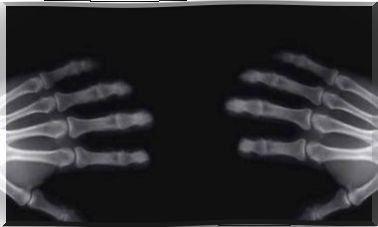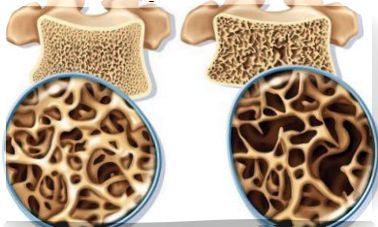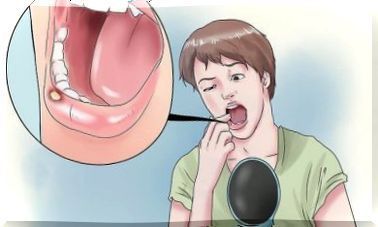Spring Allergy Asthma: A Discomfort That Has A Solution
Since asthma can be a symptom derived from spring allergy, we must avoid those environments in which we may be exposed to sources of allergens so as not to to take risks

Spring allergy occurs because the presence of pollen in the environment can cause inflammation in the bronchial tubes of the person prone to allergy.
This concentration of pollen in the environment can also lead to certain acute episodes of asthma.
Differences between asthma and spring allergy
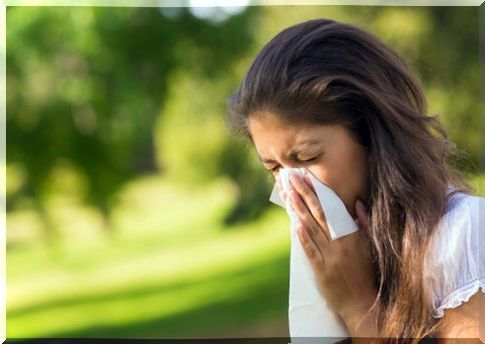
The two situations, asthma and allergy, are related. The allergenic principles, such as pollen, significantly affect asthmatic patients.
However, the problem is not that they are one of the main causes of asthma, but that they are also a trigger for asthma attacks among patients affected by the disease.
The terms asthma and allergy should not be confused.
- Asthma is a chronic disease that consists of an inflammation of the bronchial tubes that causes them to become irritated and narrow. Which causes breathing difficulties.
- In the case of allergy, it is an immune or defensive response to different substances. This, normally, does not provoke reactions in most of the people.
Incidence of asthma
- Asthma is a disease with a high incidence. It can even become a major public health problem, due to the high mortality figures.
- The risk is high among children under 15 years of age, being the most common disease in childhood.
- Also, asthma caused by allergies is more common among children than adults.
The importance of a treatment
Especially in anticipation of spring allergy, it is important that asthmatic patients take the necessary precautions at this time of year due to, among other factors, pollen.
Experts warn that the drug should not interfere with the lives of people with asthma.
Thus, the dosage of these treatments must be adapted to the daily life of the patient.
Inhalers are widely used, which are the most common route of administration. At the same time, which allow adjusting the appropriate dose, the most modern models make it easier and easier to use.
Tips for managing spring allergy and asthma

- First of all, it is necessary to know the pollen levels and the forecasts for the area in which they live, or the place where the patient plans to travel.
- Next, people prone to asthma and spring allergy should avoid exposure, minimizing trips to the fields, or parks.
- Likewise, they must limit the time spent abroad. Above all, if there are sufficient environmental concentrations to cause symptoms on those days.
- In addition, at high environmental levels of pollen, it is necessary to avoid the use of contact lenses and wear a mask.
- Homes must be ventilated long enough. In fact, the time of greatest risk of pollen entering the rooms is at dusk.
- Finally, check that the pollen filters in the car and in the air conditioning have been properly installed and are working properly.
Diagnosis of asthma
Asthma can be diagnosed by specific tests of respiratory function, in which an analysis of the obstruction of the air is done.
Among these tests are those of respiratory function, bronchodilation, bronchial provocation tests, skin studies and analyzes, evaluation of allergens in the blood, etc.
Treating asthma
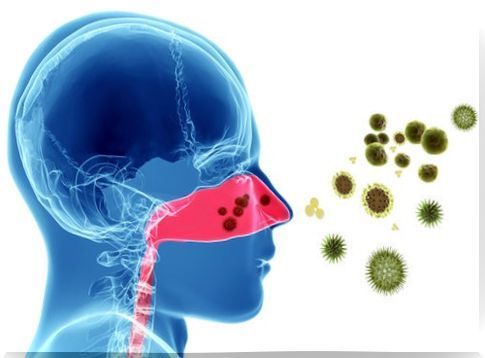
The first thing to do to treat asthma is to control the substances that cause the so-called “asthma attack. ” Contact with allergens should be avoided as much as possible.
There are medications that can be used to relieve the symptoms that an asthma attack produces. They are called symptomatic medications.
Although they do not have the ability to eliminate the cause of the disease, these drugs help relieve symptoms.
The drugs used can be of two classes:
- On the one hand, those for chronic use are used to alleviate mucosal inflammations and prevent asthma attacks.
- On the other hand, there are also medications for the most acute spring allergy crises, such as corticosteroids, bronchodilators, or theophyllines.
Allergy shots and immunotherapy
These well-known vaccines consist of progressively injecting doses of the allergen to the patient in order to reduce or eliminate their sensitivity.
In this way, subsequent asthmatic reactions can be avoided or minimized.
- The treatment lasts between 3 and 5 years in most cases.
This immunotherapy is usually used for cases of allergic asthma caused by sensitization to pollen, dust mites, animal skin or certain fungi.
- This treatment is the only one recognized by the WHO as effective in modifying the normal course of allergy and asthma.
See also:

